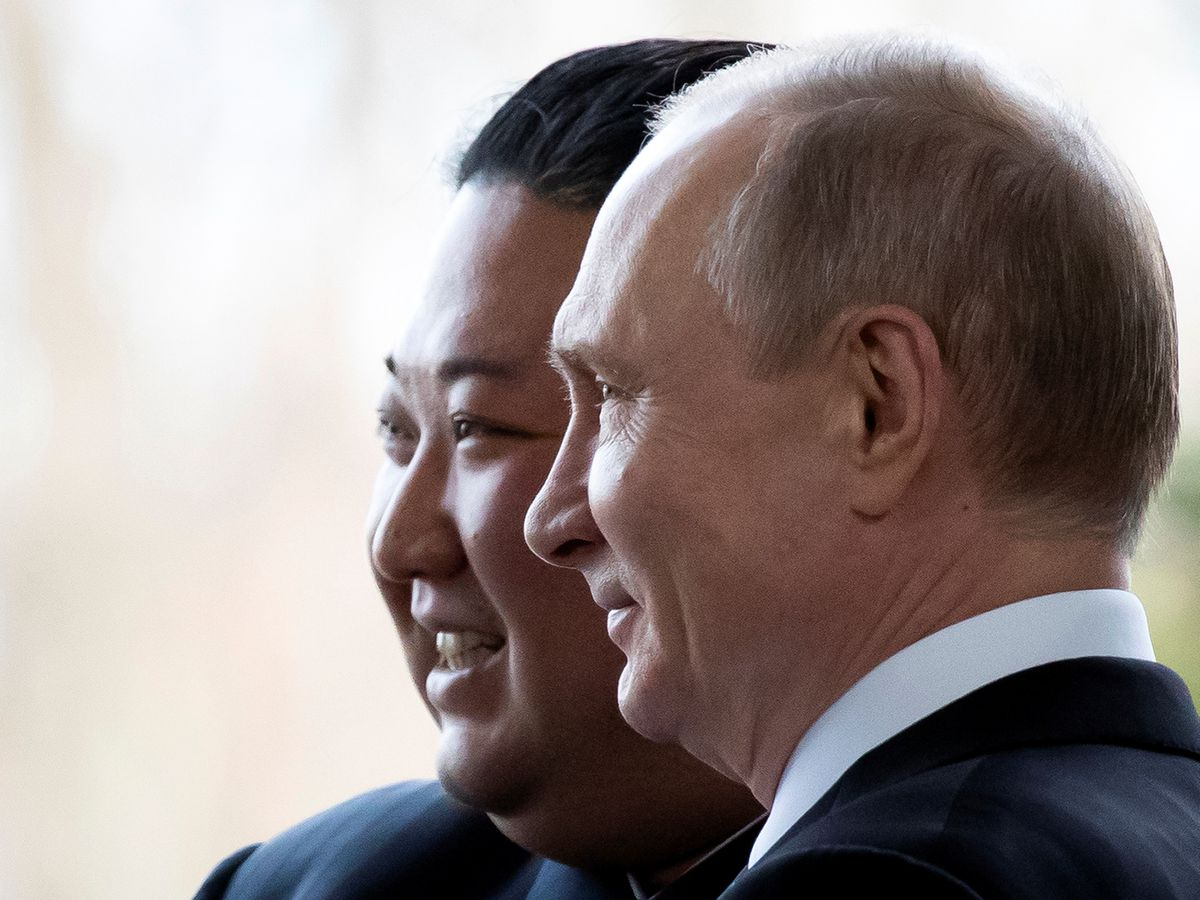Việt Kiều là ai?
Yên Khê
8-11-2022
Ngày 5-11-2022, BBC có đăng bài viết của tác giả Joaquin Nguyễn Hòa: Việt kiều và cán bộ VN: Cùng một dân tộc mà hai ngôn ngữ khác nhau. Bài viết kể lại những câu chuyện tiếp xúc giữa Hà Nội và một số người Việt hải ngoại mà tác giả chứng kiến.
Nếu tôi không lầm, thì ý ông Hòa muốn chứng minh một luận điểm là sự khác biệt về môi trường chính trị xã hội, đưa đến sự khác biệt về ngôn ngữ, tức là cách suy nghĩ và nhìn nhận vấn đề. Vì thế, Hà Nội và nhóm “Việt kiều” trong câu chuyện của tác giả không thể có cùng chung tiếng nói với nhau.
Đây là một khái niệm khá thú vị. Tuy nhiên, tựa đề của ông Hòa đặt có vẻ không chính xác, khi ông dùng cụm từ “Việt kiều”.
Ai là “Việt kiều?”
Tôi thấy là nhóm người ông Hòa gặp vào năm 1996 ở Montreal, cũng như những nhân vật và những nhóm người mà ông đề cập suốt bài, đâu thể đại diện cho “Việt kiều” được!
Bỏ qua gốc gác của từ “Việt kiều” hiện vẫn còn gây tranh cãi, cứ mặc định rằng “Việt kiều” là người Việt sống bên ngoài Việt Nam. Trả lời câu hỏi họ là ai, có lẽ không đơn giản. Mà “họ là ai này” cũng thay đổi theo thời gian, năm 1996 khác hẳn năm 2022, và cả vị trí địa lý nữa, Đông Âu khác hẳn ở Úc.
Để dể hiểu, chúng ta hãy xem xét cộng đồng người Việt ở phương Tây, như Mỹ, Úc, Canada, Tây Âu, nơi mà nguồn gốc có vẻ đồng nhất. Có thể chia họ thành những đợt ra đi khác nhau. Đợt đầu họ rời Việt Nam ngay khi Sài Gòn sụp đổ, đợt 2 là các thuyền nhân và những người tù chính trị đi theo chương trình H.O. và đợt ba, kéo dài cho tới bây giờ, là những người thân nhân của hai đợt trước, rời Việt Nam bằng hồ sơ bảo lãnh, rồi sau đó nhiều người tiếp tục rời xa đất nước theo quan hệ gia đình, hôn nhân.
Vậy họ là ai? Chính kiến thế nào?
Độc giả có quan điểm chính trị “không đội trời chung với cộng sản” có thể sẽ cho rằng Việt kiều, hay người Việt hải ngoại, là một cộng đồng chống Cộng rất mạnh mẽ.
Các độc giả trong nước nghe theo báo chí chính thống của Đảng Cộng sản Việt Nam, sẽ bảo rằng “Việt kiều” là… khúc ruột ngàn dặm.
Tôi thấy cả hai đều không đúng. Với cái nhìn chủ quan của tôi, dựa trên những quan sát đó đây trong suốt một thời gian dài ở hải ngoại, tôi thấy Việt kiều có thể chia làm bốn nhóm như sau:
1/ Nhóm mà tác giả đề cập trên BBC, thân Hà Nội, rất ít, nhóm này đang tàn phai theo năm tháng.
2/ Nhóm rời khỏi Việt Nam sau ngày 30/4/1975, là nhóm thuyền nhân, cựu tù chính trị. Nhóm này chống Cộng dữ dội nhưng dường như ngày càng ít đi.
3/ Thế hệ thứ 1 rưỡi (sinh ra ở Việt Nam, ra nước ngoài từ nhỏ) và thế hệ thứ 2, là con cháu của cả hai nhóm kể trên. Một số đông gia nhập vào dòng chính của đời sống và chính trị, văn hóa, sở tại, ít quan tâm đến Việt Nam.
4/ Nhóm di cư theo hồ sơ bảo lãnh, ra ngoại quốc khi Việt Nam không còn mô hình xã hội kinh tế thuần cộng sản nữa. Nhóm này có thể không đông bằng nhóm thứ ba, nhưng theo chủ quan của tôi thì nhóm này là nhóm còn có nhiều quan hệ với Việt Nam hơn hết.
Tôi có thể lấy nhóm thứ tư này để phản biện bài của ông Nguyễn Hòa, rằng có một nhóm Việt kiều có cùng “ngôn ngữ” với trong nước và họ cũng rất đông, ngày càng đông cho đến khi dòng người rời Việt Nam giảm hẳn đi (nhưng có lẽ còn lâu!) Tuy rằng trong số họ cũng có một số ít rời bỏ Việt Nam vì bất đồng quan điểm, mong sống trong một xã hội dân chủ, nhưng số đó ít thôi, đa số họ không có viễn kiến chính trị.
Số tiền hàng tỷ Mỹ kim từ hải ngoại gửi về Việt Nam có phần lớn từ nhóm thứ tư này. Chúng ta thường bị thu hút bởi những vụ nổi đình nổi đám như Trần Trường, Trịnh Vĩnh Bình,… như là những thất bại của quan hệ kinh tế giữa Việt kiều và trong nước, nhưng số tiền Việt kiều gửi về Việt Nam bởi các đại gia như Trịnh Vĩnh Bình, hay những người thuộc nhóm 1 và 2 không thể bằng nhóm tứ tư.
Có hai lý do: Thứ nhất là họ còn nhiều quan hệ họ hàng ở Việt Nam. Thứ hai, rất đông người thuộc nhóm thứ tư sống trong nền kinh tế tiền mặt (cash economy) ở nước sở tại. Họ có thể trốn (né) thuế, giảm chi phí cuộc sống, cho nên họ có nhiều tiền dư để gửi về cho thân nhân đang sống ở quê nhà.
Cash economy của người Việt có thể thấy rõ ở những khu người Việt như Little Saigon (Nam California), phía Đông San Jose (Bắc California), Bellair (Houston, Texas), Fowler (Úc), khu Eden (Virginia), với hoạt động thương mại rất sầm uất, nhưng điều kiện hạ tầng, vệ sinh… lại kém vì không có nhiều thuế để chi trả.
Những người này đóng góp cho xã hội sở tại không nhiều, nhưng đôi khi họ nhận được trợ giúp từ nơi họ sinh sống rất nhiều. Một người bạn của tôi làm công việc cán sự xã hội (social worker) ở Houston, người này từng chỉ cho tôi mấy khách hàng đến xin trợ cấp thực phẩm, y tế … họ ăn mặc rất chải chuốt, đeo nhiều vòng vàng, đi xe rất đẹp. Những người này, nếu thấy chiếc xe Camry đời 2007 gãy càng sứt gọng của tôi, có lẽ họ sẽ nhìn bằng nửa con mắt.
Đây cũng là cộng đồng theo dõi các kênh truyền thông từ trong nước như VTV4, Truyền hình Vĩnh Long, VnExpress…
Đây thực sự là những “Việt kiều” có cùng ngôn ngữ với Hà Nội, không như ông Nguyễn Hòa trình bày trong bài viết nói trên. Chính quyền Hà Nội cũng không cần mất công tiếp xúc với họ, vì họ đã, đang và sẽ tiếp tục là nguồn ngoại tệ khổng lồ gửi về Việt Nam.













